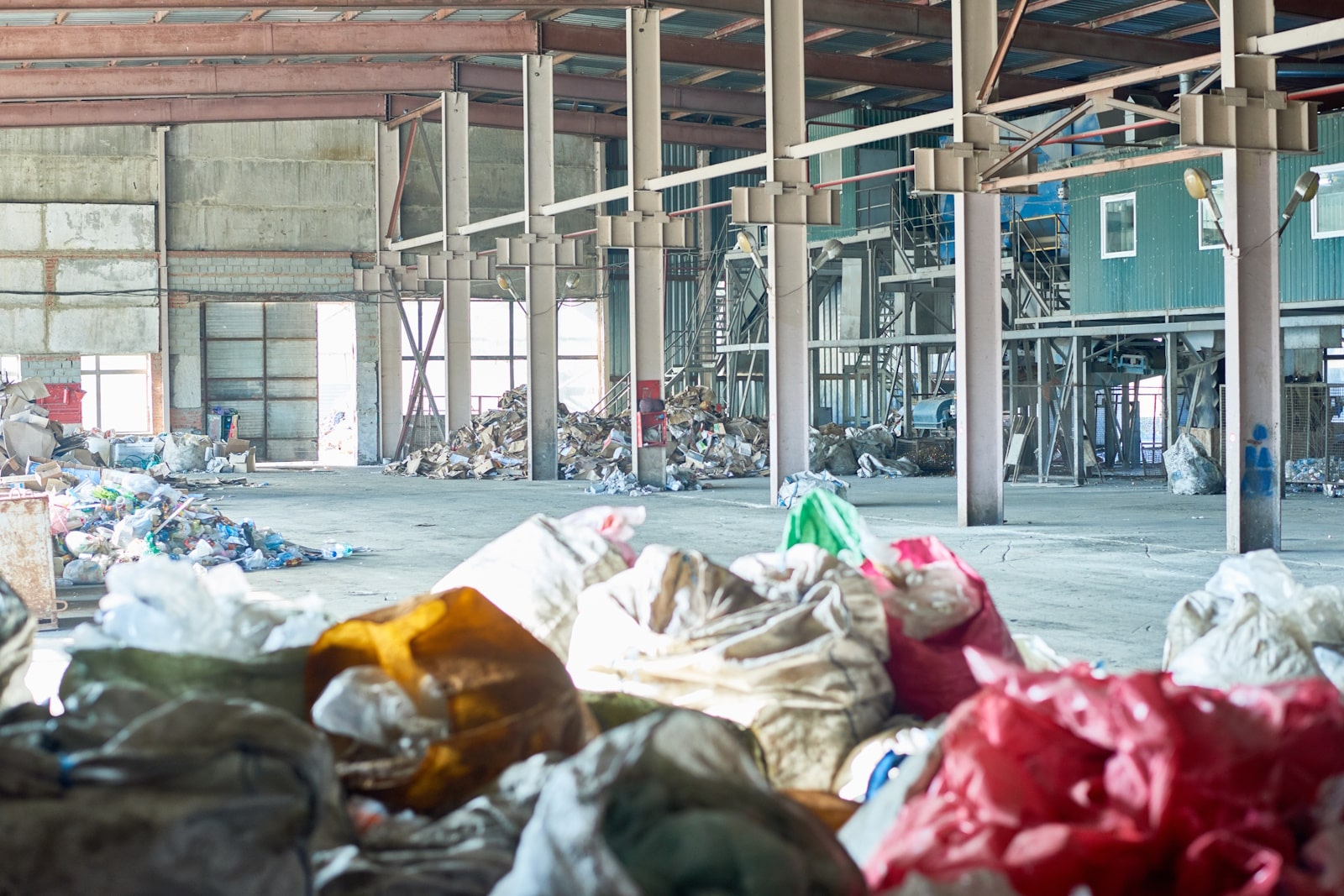Waste Disposal Companies: The Chemistry of Waste
In today’s world, effective waste management is crucial for environmental sustainability and public health. Waste disposal companies play a pivotal role in managing the vast amounts of waste generated daily. Understanding the intricate chemistry of waste decomposition is essential for optimising these processes and mitigating environmental impacts.
Phases of Waste Decomposition
The decomposition of waste in landfills progresses through several distinct phases:
- Aerobic Phase: Initially, waste undergoes decomposition in the presence of oxygen. Aerobic microorganisms break down organic matter, producing carbon dioxide, water, and heat. This phase is relatively short-lived as the available oxygen is rapidly consumed.
- Anaerobic Transition: As oxygen becomes depleted, the environment shifts to anaerobic conditions. Facultative anaerobes continue decomposition, generating intermediate compounds such as organic acids and alcohols.
- Methanogenesis: Obligate anaerobes, particularly methanogenic archaea, dominate this phase. They convert the intermediate compounds into methane and carbon dioxide, collectively known as landfill gas. This phase can persist for years, contributing significantly to greenhouse gas emissions.
- Long-Term Stabilisation: Over extended periods, the rate of gas production declines, and the waste mass stabilises. Residual organic matter decomposes slowly, and the landfill reaches a quasi-inert state.
Chemical Reactions Involved in Decomposition
Several key chemical reactions facilitate the breakdown of complex organic materials in waste:
- Hydrolysis: Complex polymers such as carbohydrates, proteins, and lipids are broken down into simpler monomers like sugars, amino acids, and fatty acids through the addition of water molecules.
- Acidogenesis: The monomers produced during hydrolysis are further degraded by fermentative bacteria into volatile fatty acids, alcohols, hydrogen, and carbon dioxide.
- Acetogenesis: Acetogenic bacteria convert the products of acidogenesis into acetic acid, hydrogen, and additional carbon dioxide, setting the stage for methanogenesis.
- Methanogenesis: Methanogenic archaea utilise acetic acid, hydrogen, and carbon dioxide to produce methane and water, culminating the anaerobic decomposition process.
Factors Affecting Decomposition
Several factors influence the efficiency and progression of waste decomposition:
- Moisture Levels: Adequate moisture is essential for microbial activity. Optimal moisture content enhances decomposition rates, while excessive moisture can lead to leachate formation, posing environmental risks.
- Temperature: Microbial metabolism is temperature-dependent. Mesophilic conditions (20-45°C) are typical in landfills, but thermophilic conditions (45-70°C) can accelerate decomposition. However, extreme temperatures may inhibit microbial activity.
- Waste Composition: The proportion of organic to inorganic materials affects decomposition. High organic content promotes microbial activity, whereas materials like plastics decompose slowly, if at all, leading to long-term environmental concerns.
- Oxygen Levels: The presence or absence of oxygen dictates whether decomposition follows aerobic or anaerobic pathways, significantly impacting the types of by-products generated.
Environmental Impact of Decomposition
The decomposition of waste has several environmental implications:
- Landfill Gas Emissions: Methane, a potent greenhouse gas, is a major by-product of anaerobic decomposition. Effective gas capture and utilisation systems are vital to reduce atmospheric emissions and harness energy from landfill gas.
- Leachate Formation: Leachate, the liquid that drains from landfills, can contain hazardous substances. If not properly managed, leachate can contaminate soil and water resources, posing significant environmental and health risks.
- Microplastic Release: The breakdown of plastic waste leads to the formation of microplastics, which are persistent in the environment and can enter food chains, affecting wildlife and human health.
Regulatory Framework in South Africa
In South Africa, waste management is governed by the National Environmental Management: Waste Act (Act No. 59 of 2008). This legislation provides a comprehensive framework for waste management, emphasising waste minimisation, recycling, and responsible disposal practices. Compliance with these regulations is essential for waste disposal companies operating within the country.
Conclusion
Understanding the chemistry of waste decomposition is fundamental for waste disposal companies aiming to manage waste effectively and mitigate environmental impacts. By comprehending the phases, chemical reactions, influencing factors, and environmental consequences of decomposition, we can implement strategies that promote sustainability and compliance with South African waste management policies.
At A-Thermal, we are committed to advancing waste management practices through scientific understanding and adherence to regulatory standards. Our expertise ensures that waste is treated responsibly, safeguarding both the environment and public health. For more information on our services and how we can assist with your waste disposal needs, please contact us today.







